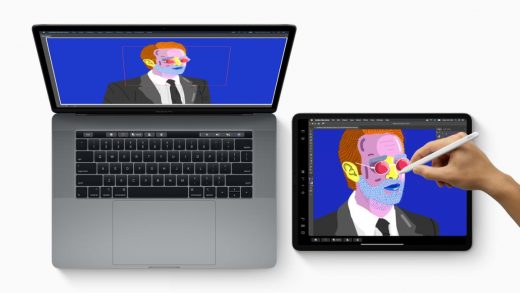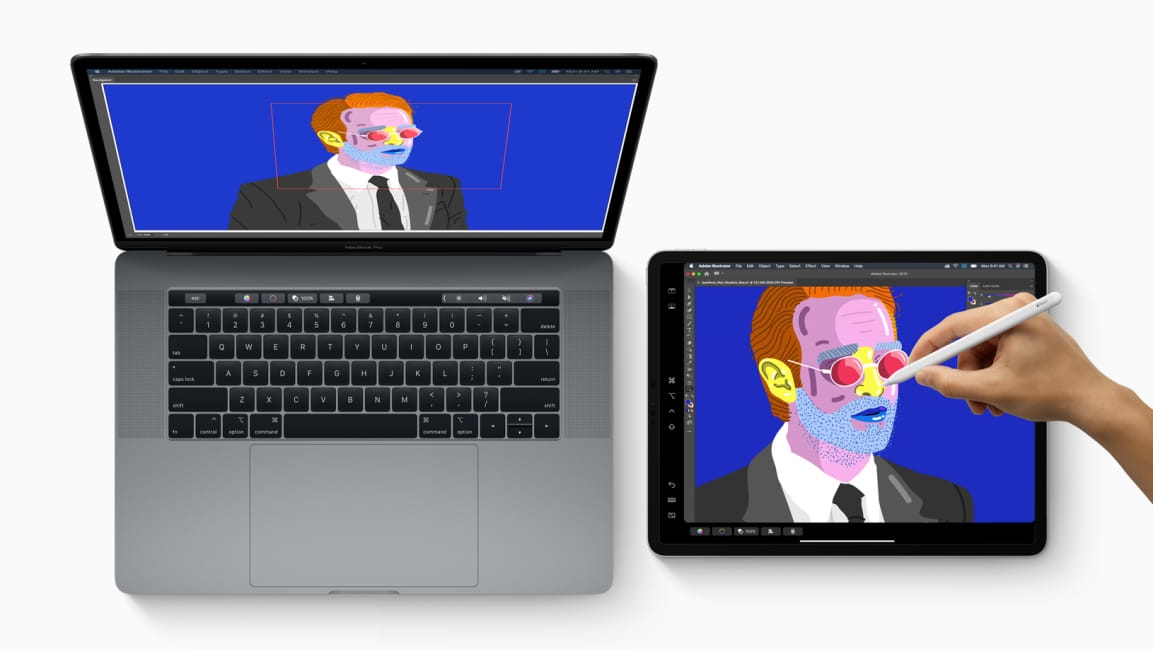Everything Apple announced at WWDC 2019
Apple had a lot to talk about during its 2019 Worldwide Developers Conference. In the span of two hours, the company breezed through a long list of improvements that are coming to the iPhone, iPad, Mac, Apple Watch, and Apple TV this fall.
Here’s a quick summary of everything Apple announced at WWDC this year:
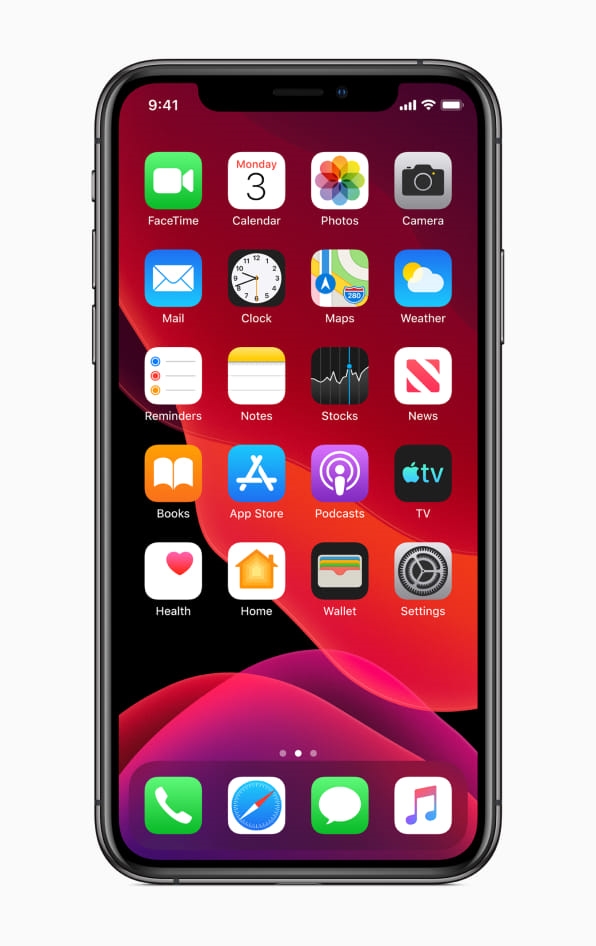
iOS 13
iOS 13 is a substantial upgrade for the iPhone and iPad, with speed improvements, a new “dark mode,” and upgrades to many core apps:
On top of all that, Apple says apps will launch twice as fast in iOS 13, and that FaceID will be 30% faster. The update also adds a system-wide “Dark Mode,” which reduces eyestrain by rendering menu backgrounds in gray or black.
The update will arrive this fall and will require at least an iPhone 6s, meaning that the five-year-old iPhone 6 and iPhone 5S will now be cut off from the latest upgrades.
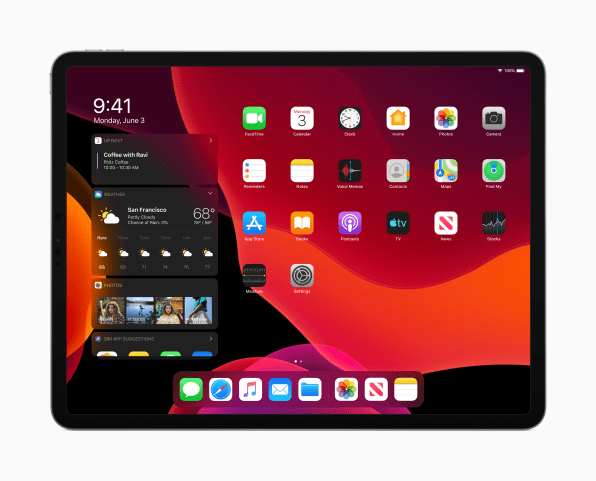
iPadOS
The iPad, meanwhile, is getting its own upgrades, along with a new name to distinguish it from the iPhone’s small-screen software.
Many of those improvements have to do with multitasking. While viewing an app in “Slide Over” view on top of another, users will be able to swipe between recent apps and swipe up to fan those app cards out across the entire display. iPadOS will also support running multiple instances of a single app side by side, so you can compare Word documents, notes, or emails in separate windows.
The Files app is getting some PC-like enhancements as well, including support for USB drives, cameras, shared iCloud folders, and file servers. And for editing text, Apple’s adding new three-finger gestures to copy, paste, and undo.
Other features include downloadable fonts, a miniature keyboard for thumb typing, and full-page screenshots for websites and documents. The hope is that all these features will make the iPad more capable as a PC replacement, without sacrificing its touch-first design.
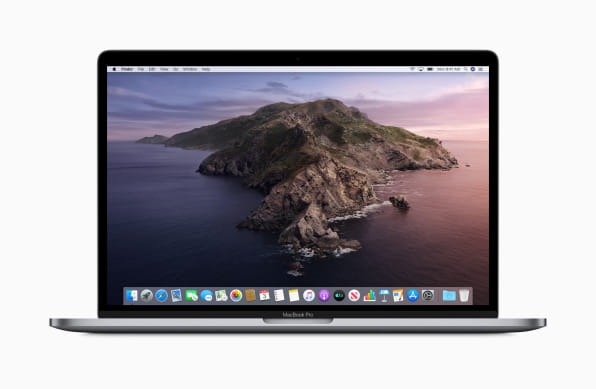
MacOS
Compared to iOS and iPadOS, the Mac’s forthcoming upgrades aren’t as hefty, but MacOS Catalina is adding some neat new features.
Most notably, users will be able to find a lost MacBook even if its location changes. Essentially, Apple will use other people’s iPhones as tracking beacons, which will quietly update the laptop’s location whenever they’re in Bluetooth range. Users will then be able to track their MacBook’s current whereabouts in the “Find My” app or on iCloud.com.
Apple’s also breaking up the iTunes app into separate apps for Music, Podcasts, and TV. The Music app will take over previous iTunes functions such as backup and sync for iOS devices, while the Podcasts and TV apps will resemble their IOS counterparts. A Screen Time app, system-wide voice control, and the ability to use an iPad as a secondary screen or drawing tablet will round out the big new features for MacOS Catalina, which launches this fall.
The other big change in MacOS will take some time to shake out: Apple is now letting developers easily port their iPad apps to MacOS with a tool called Catalyst. Within the Xcode development environment, developers can simply check a box that will handle most of the conversion work. While the approach has some detractors, who prefer the quality of native Mac software, Apple argues that Catalyst opens the door to apps that would not be available on MacOS otherwise.
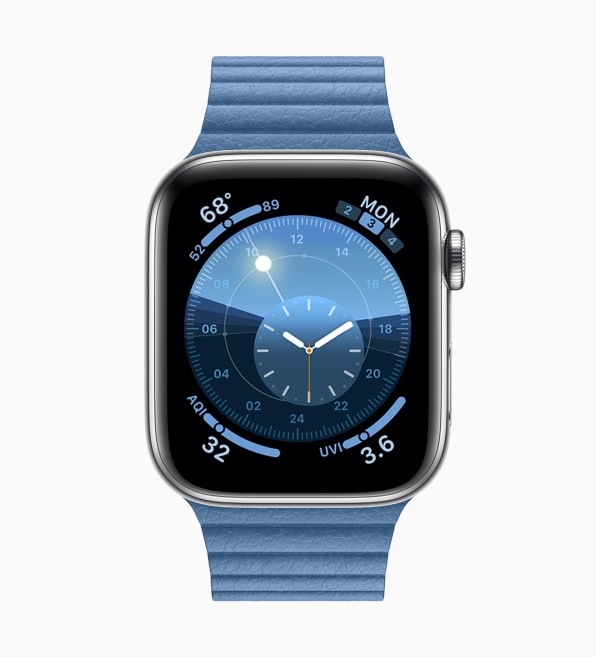
Apple Watch
To further establish the Apple Watch as an independent computing device, Apple’s giving it a dedicated app store. Users will be able to browse through a list of suggestions around topics like music and fitness, then download them to the watch instead of having to go through an iPhone first. Apple’s also adding some new apps of its own, including iVoice Memos, Audio Books, and a Calculator.
On the fitness front, Apple’s adding the same menstrual cycle tracking and volume monitoring from iOS 13, and it will attempt to track overall fitness based on several metrics such as walking frequency. The Health app will then offer custom tips if it detects that you’ve fallen behind on fitness.
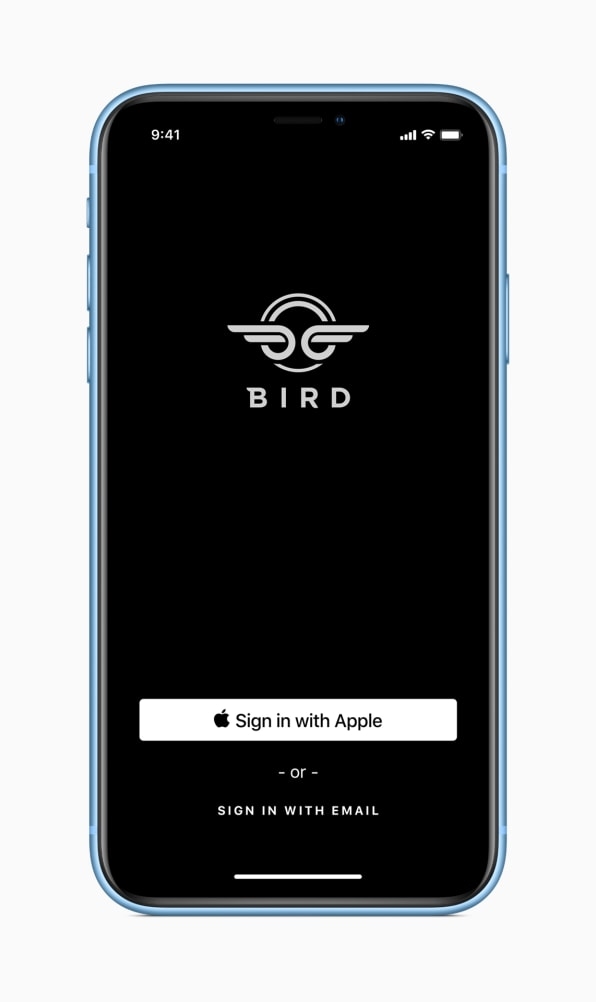
Privacy features
Apple also leaned into its newfound emphasis on privacy to announce some new features across multiple product lines.
A new “Sign in with Apple” feature will let users log into third-party apps without having to create yet another password. But unlike existing login options from Facebook and Google, Apple says it won’t share any personal information with the third party. Apple’s option will let users share a randomized email address that’s linked to their real email address, allowing them to sever communications with the third-party app.
iOS 13 will include new protections against location tracking as well. Users will have the option to share location with an app only once, so that the app must seek permission again for future uses, and iOS will automatically stop apps from approximating users’ locations based on Wi-Fi and cellular data.
Meanwhile, Apple’s working with some security camera makers (starting with Logitech, Arlo, Eufy, and Netatmo) to analyze and encrypt video footage on an iPad, HomePod, or Apple TV before sending it to iCloud. This will ensure that even the camera maker and Apple can’t see the footage. Apple says it will store 10 days of footage without counting against users’ iCloud storage space.
Routers from Linksys, Eero, and Spectrum are also getting HomeKit support. They’ll create a firewall around other smart home accessories to prevent them from being affected by a potential security breach.
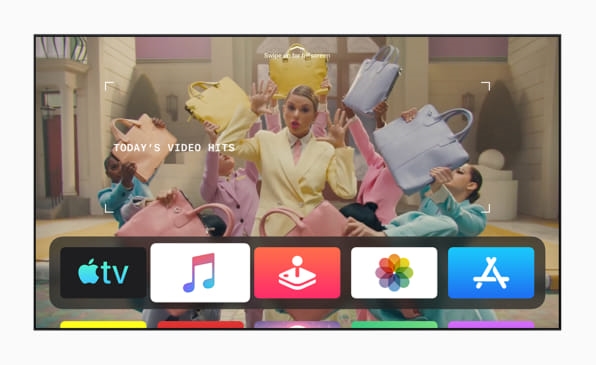
Apple TV
Apple didn’t have a lot to say about Apple TV, as it just updated the software last month with a redesigned TV app and a marketplace for streaming video subscriptions. Still, the company did make two interesting announcements: This fall, Apple TV will support multiple user profiles, each with their own app recommendations and Apple Music preferences, and it will also support Xbox One S and PlayStation 4 controllers.
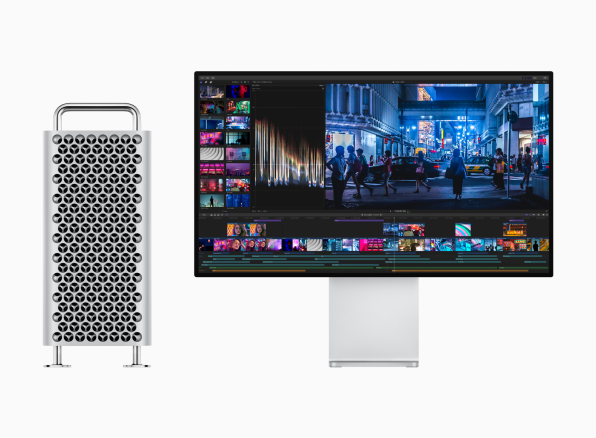
New hardware
WWDC hasn’t been a hardware show for years, but Apple did unveil the new Mac Pro it’s been hinting at since 2017. It’s a monstrous machine, with support for up to four AMD Radeon Pro Vega II graphics cards, 28-Core Intel Xeon processors, and up to 1.5 TB of RAM. A professional video editor with a fully tricked-out Mac Pro could edit up to three streams of raw 8K video, or up to 12 streams of 4K video. It will also have handles and wheels, which is nice.
The base Mac Pro will be a bit more pedestrian, with an 8-core Intel Xeon processor, 32 GB of RAM, AMD 580X Radeon Pro graphics, and a 256 GB solid state drive, but it will be upgradeable. Pricing will start at $5,999.
Apple will also launch a 32-inch monitor, called the Pro Display XDR, with “6K” (6016-by-3384) resolution and 10-bit color. That’ll start at $4,999, or $5,999 with matte “nano-texture” glass that can cut down on glare without killing contrast.
Bear in mind that all of the above just covers the surface-level announcements and big-ticket features. More interesting stuff is likely to bubble forth in the days ahead, as people begin scrutinizing Apple’s release notes, developer documentation, and beta releases. Stay tuned for more updates from the big event.
(38)

